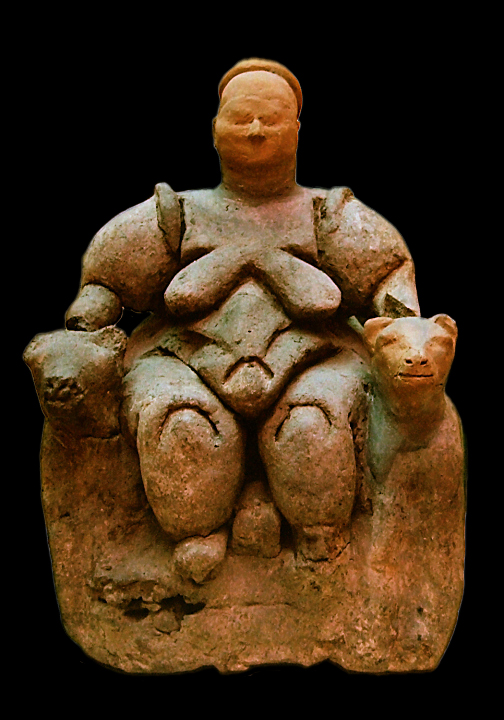Science, Art and the Construction of Reality in Archaeology
I found out this weekend that my application to take part in an exciting art/science collaborative project was successful! It was only by chance that I found out about the project, through some random browsing around Twitter. Joining Twitter was one of the best things I ever did, so many opportunities and connections to be made that I would never get the chance to see otherwise. The project I am joining is ASCUS/TNS Engage project. ASCUS is a non-profit organisation that supports collaboration between arts and sciences, and builds connections between different organisations, institutions, individuals and the public. TNS is The Number Shop, an art studio and gallery. Artists from the studio will be developing new work based on dialogues with scientists, as part of the Edinburgh International Science Festival. Some of the work will actually be produced during Open Studios during the festival, so that the public can come and experience the work being produced. The idea is to bring the public into the process of art creation, whilst also making the underlying science accessible.
The timing of the project is great for me. I recently had a post published over on Then Dig, on the Senses and Aesthetics of Archaeological Science, and I have had a long term interest in how art can be used as a communication and interpretive tool. Not just art, but how visualisation in general can help communicate complex scientific concepts (and in the case of 'invisible' microarchaeology, how it is essential for transparency and explaining how we arrive at a particular interpretation). My application to the project pitched my work on studying archaeological sediments under the microscope, so that we can detect traces of past activities that are too small to see with the naked eye, and the contrasting case studies of the Ness of Brodgar and Catalhoyuk.
The artist I am working with is interested in construction of reality and the different ways in which humans throughout history have explained things they didn't understand. Some of her work includes clay figurines, which immediately makes me think of the Catalhoyuk 'Mother Goddess'. I am really excited to discuss the construction of archaeological realities, and see how my research is interpreted through the eyes of an artist. It will also be great fun to be involved with the Edinburgh International Science Festival!
 |
| The Catalhoyuk 'Mother Goddess' (Wikipedia) |
The timing of the project is great for me. I recently had a post published over on Then Dig, on the Senses and Aesthetics of Archaeological Science, and I have had a long term interest in how art can be used as a communication and interpretive tool. Not just art, but how visualisation in general can help communicate complex scientific concepts (and in the case of 'invisible' microarchaeology, how it is essential for transparency and explaining how we arrive at a particular interpretation). My application to the project pitched my work on studying archaeological sediments under the microscope, so that we can detect traces of past activities that are too small to see with the naked eye, and the contrasting case studies of the Ness of Brodgar and Catalhoyuk.
The artist I am working with is interested in construction of reality and the different ways in which humans throughout history have explained things they didn't understand. Some of her work includes clay figurines, which immediately makes me think of the Catalhoyuk 'Mother Goddess'. I am really excited to discuss the construction of archaeological realities, and see how my research is interpreted through the eyes of an artist. It will also be great fun to be involved with the Edinburgh International Science Festival!

Comments
Post a Comment